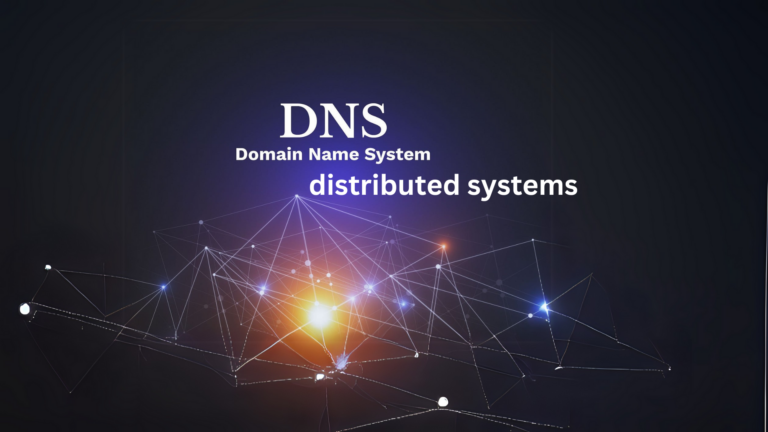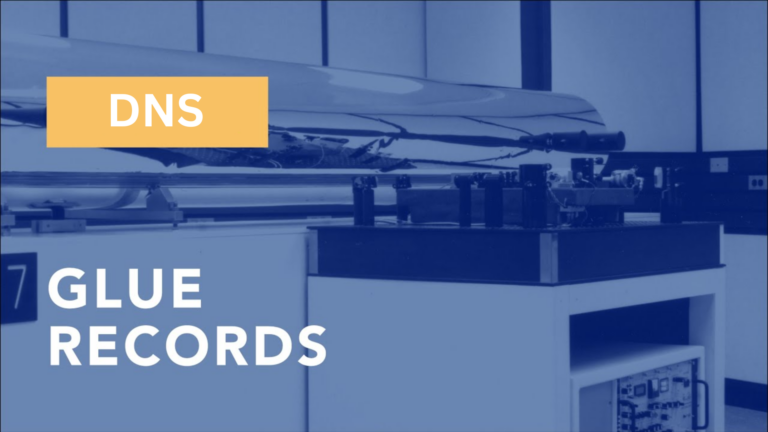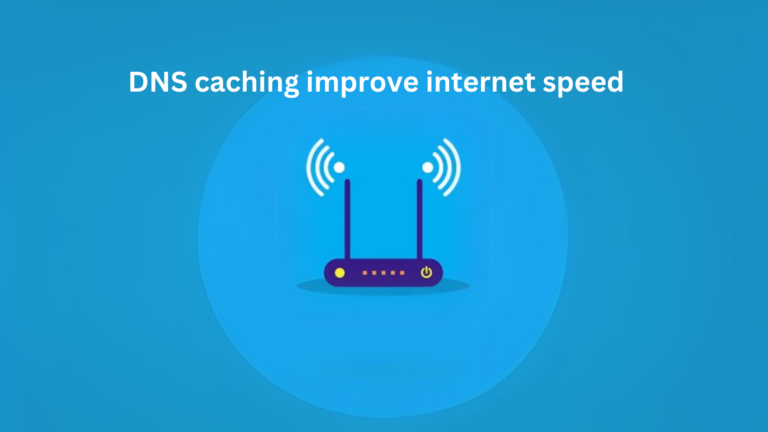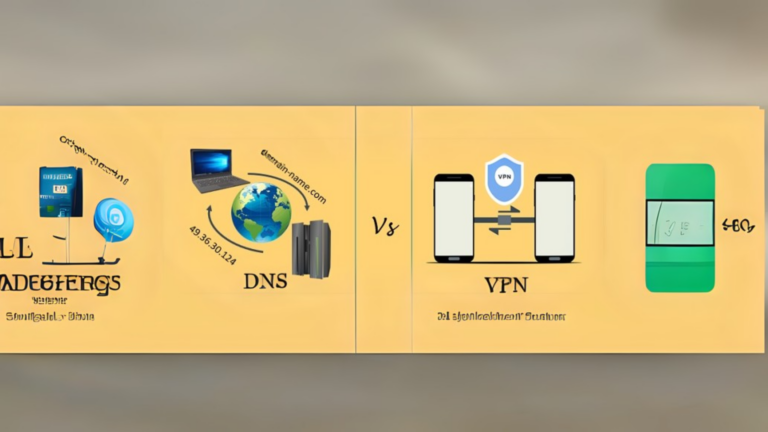How does DNS work with IoT devices?
How Does DNS Work with IoT Devices?
Introduction
The Internet of Things (IoT) is changing the way we interact with technology. From smart home devices to industrial sensors, IoT is everywhere.
But have you ever wondered how these devices communicate over the internet? One key component that makes this possible is DNS (Domain Name System).
In this article, I will explain how DNS works with IoT devices in a simple way, without any technical jargon.
What is DNS?
DNS (Domain Name System) is like a phonebook for the internet. It translates human-friendly website names (like google.com) into IP addresses (like 172.217.10.14).
This helps devices find and connect to websites and services easily.
Without DNS, we would have to remember long and complex IP addresses instead of simple names.
How Does DNS Work for IoT Devices?
Just like computers and smartphones, IoT devices also need to communicate over the internet. Here’s how DNS helps them:
1. Device Requests a Domain Name
- When an IoT device needs to send data to a cloud server, it asks the DNS system to find the correct IP address.
2. DNS Resolves the Name
- The DNS server looks up the requested domain name and finds the matching IP address.
3. IoT Device Connects to the Server
- Once the IP address is found, the IoT device can connect to the server and send or receive data.
4. Data Transmission Happens
- The IoT device continuously communicates with the server using this IP address until it no longer needs the connection.
Why is DNS Important for IoT?
DNS plays a vital role in IoT for several reasons:
1. Easy Communication
- IoT devices don’t need to store complex IP addresses; they just use simple domain names.
2. Remote Access
- Users can access and control their IoT devices from anywhere using easy-to-remember domain names.
3. Security Benefits
- DNS helps in filtering malicious websites and prevents IoT devices from connecting to harmful sources.
4. Load Balancing
- If one server is busy, DNS can direct IoT devices to another available server.
Challenges of DNS in IoT
While DNS is essential for IoT, it also comes with some challenges:
1. Latency Issues
- Slow DNS responses can delay IoT device communication.
2. Security Risks
- Hackers can manipulate DNS to redirect IoT devices to malicious servers.
3. Device Limitations
- Some IoT devices have limited processing power, making DNS lookups slower.
How to Improve DNS Performance for IoT
To ensure smooth operation, here are some ways to optimize DNS for IoT devices:
1. Use Fast DNS Servers
- Choose reliable DNS providers like Google DNS (8.8.8.8) or Cloudflare DNS (1.1.1.1).
2. Enable DNS Caching
- Caching helps store DNS responses, reducing lookup time for frequently accessed domains.
3. Implement DNS Security Features
- Using DNS security tools like DNSSEC can protect IoT devices from cyber threats.
4. Use Local DNS Servers
- Placing DNS servers closer to IoT devices can reduce delay and improve performance.
Conclusion
DNS is an essential part of how IoT devices communicate over the internet. It helps them find servers, connect easily, and transfer data smoothly. However, DNS performance and security should always be considered to ensure reliable and safe communication.
By understanding how DNS works with IoT, we can make better decisions to improve efficiency and security for smart devices in our homes and industries.






